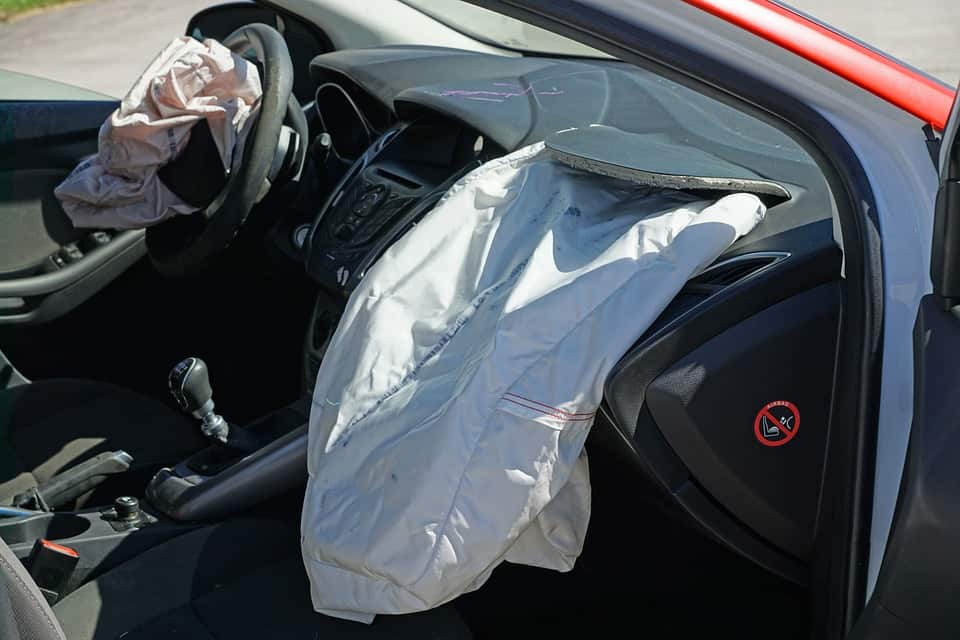
Safety systems are no longer just one of the solutions, conveniences, but they are also becoming a law, which will take effect in the European Union from 2022. The Internal Market and Consumer Protection Committee of the European Parliament has issued an order that will require cars to be equipped with the appropriate devices. So what to look out for?
Commonly known as electronic stability control. It monitors the wheels during hard braking thanks to an attached sensor on each wheel. When the system detects that a wheel is about to lock up and stop moving, anti-lock will release the brake. The ABS then repeatedly and continuously applies optimum braking pressure to each wheel, which results in braking that does not lock the wheels.
In addition, ABS relieves the risk of skidding when excessive evasive maneuvers are performed, resulting in longer braking distances. Therefore, remember to calculate the possible distance to an obstacle properly so that the car can stop in time, because contrary to popular belief, ABS does not help shorten braking distances.
With this facility, the electronic control unit (ECU) determines how much each tire is slipping individually. If the system senses that the rear wheels are in danger of slipping, it applies less force to them, maintaining (or increasing if necessary) the force applied to the front wheels
EBD is also useful when the car brakes while cornering. When turning, the outer wheels of the car rotate faster than the inner wheels. If too much braking force is applied to the inner wheels, they can lock up, causing oversteer and loss of control of the car. EBD has the ability to sense the slippage of the inner wheels and reduce the braking force on those wheels without reducing the force on the outer wheels
By continuously comparing the speed at which the brake pedal is pressed, the system will recognize a situation requiring sudden braking. When the driver depresses the brake pedal due to fear when the reaction speed is higher than the normal value stored in the control unit, BAS will automatically activate to determine the maximum brake pressure in the brakes and rapidly increase to the maximum deceleration. This will result in a reduced stopping distance for your car.
ESP is a collection of several components that enhance the stability of your car while driving, allowing you to drive more safely and remain more in control. As you steer, brake and accelerate, several sensors monitor your car’s behavior and send data to a central computer. The AI compares your actions and those of the car. For example, if the road is straight but you make a sharp left or right turn (e.g. due to icy conditions), the computer can recognize the situation and assist you in driving. The AI will apply individual brakes to stabilize the car. Importantly, this technology reacts much faster than a human, which will help prevent many dangerous situations and accidents.
ASR is designed to work in conjunction with the Anti-lock Braking System (ABS). The Traction Control System helps prevent loss of traction of the vehicle’s wheels by using an electro-hydraulic system to control the engine and brakes in adverse road conditions or when the driver accelerates excessively and the wheels slip under the road. TCS helps correct driver errors in adverse road conditions.
Automatic Emergency Braking detects an impending collision with another vehicle in time to mitigate the accident or avoid it altogether. The AI first warns the driver to take appropriate action to avoid an accident. When the person driving the vehicle fails to respond, or their response is inadequate, AEB automatically applies the brakes to lessen or prevent the impact.
(Photo: pixabay.com)